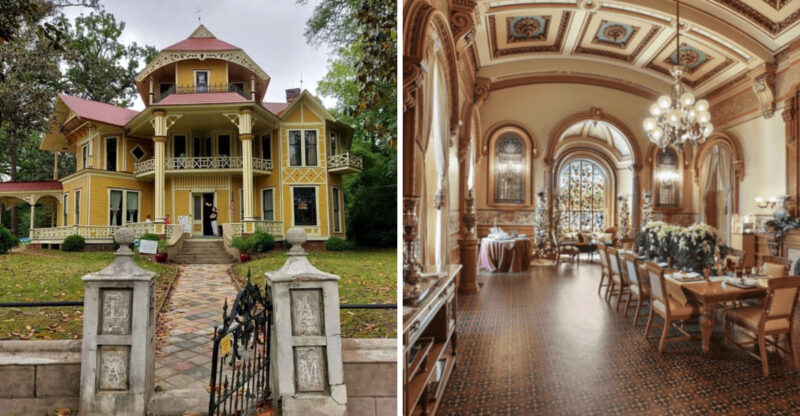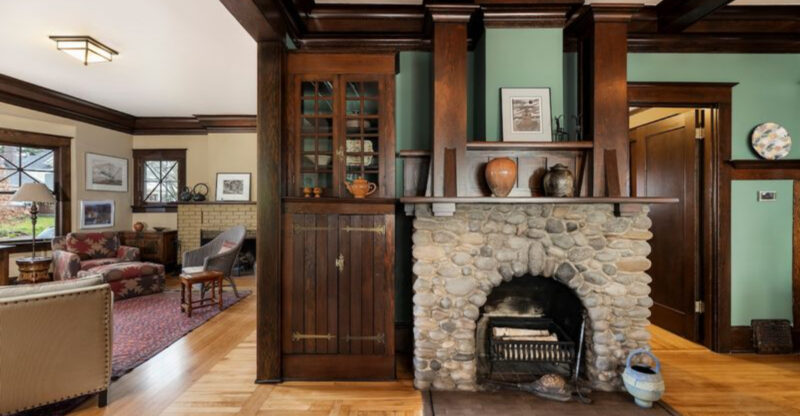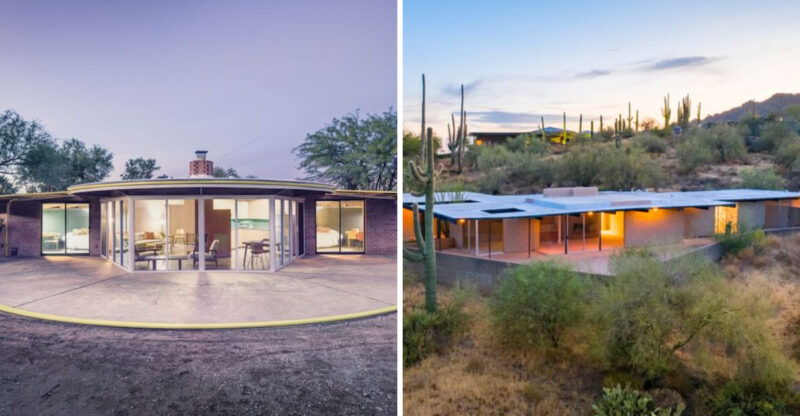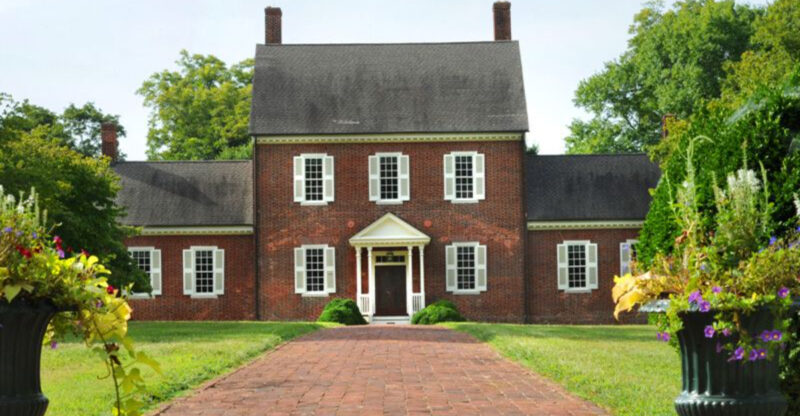8 Kentucky Homes Where The Walls Could Tell A Thousand Stories
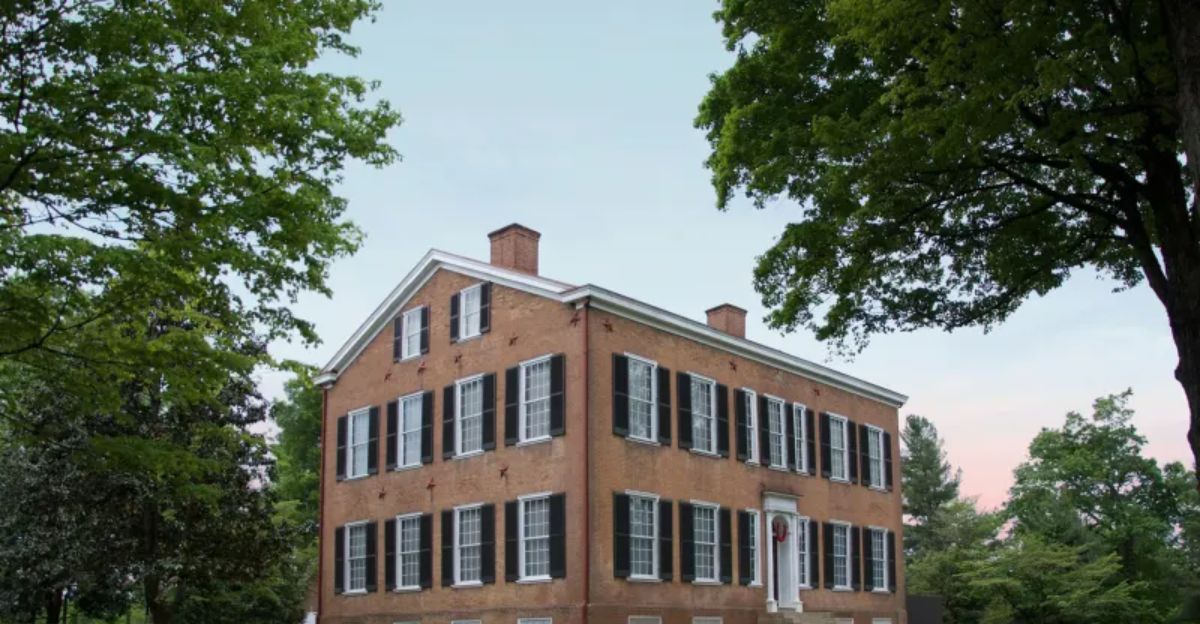
Kentucky’s historic homes stand as silent witnesses to centuries of American history. From grand mansions of famous statesmen to humble farmhouses that sheltered generations, these buildings have absorbed countless moments of joy, tragedy, and everyday life.
Walk through these doorways and you’ll feel the whispers of the past in every creaking floorboard and ornate fixture.
1. Ashland – The Henry Clay Estate (Lexington)
Whispers of political intrigue echo through this magnificent estate built in 1811 and later rebuilt by Clay’s son in 1857. The walls have absorbed heated debates about slavery, compromises, and a young nation finding its way.
Original furnishings sit exactly where they did when Clay himself walked these halls, planning speeches that would shape America’s destiny.
2. Liberty Hall Historic Site (Frankfort)
Senator John Brown’s 1796 creation stands proudly along the Kentucky River, having hosted presidents, politicians, and perhaps even a spectral resident. The famous ‘Gray Lady’ ghost supposedly floats through hallways where important political decisions were once made.
Federal-style elegance blends with frontier practicality throughout the property, telling stories of Kentucky’s early statehood.
3. White Hall State Historic Site (Richmond)
Revolutionary spirit permeates this striking home of Cassius Marcellus Clay, fierce abolitionist and Lincoln’s ambassador to Russia. Started as a Georgian structure in the 1790s, its Italianate expansion in the 1860s mirrors Clay’s evolving worldview.
Marble fireplaces and soaring ceilings witnessed heated arguments about freedom and equality long before such ideas were popular in Kentucky.
4. Waveland State Historic Site (Lexington)
Classical columns reach skyward at this 1848 Greek Revival plantation, standing in stark contrast to the humble slave quarters behind the main house. Every architectural detail speaks to the complex social hierarchy of antebellum Kentucky.
Magnificent staircases and hand-carved woodwork showcase the craftsmanship of unnamed artisans whose stories remain largely untold but whose legacy endures in every detail.
5. The Conrad-Caldwell House Museum (Louisville)
Sunlight streams through jewel-toned stained glass in this 1895 Richardsonian Romanesque masterpiece, casting colorful shadows across parquet floors. Stone gargoyles guard the exterior while interior woodwork showcases the craftsmanship of European immigrants.
Known as “Conrad’s Castle,” this Old Louisville gem represented the pinnacle of Victorian-era luxury with its early electric lighting and indoor plumbing.
6. Hunt-Morgan House (Lexington)
Civil War secrets hide in the elegant corners of this 1814 Federal-style home where Confederate General John Hunt Morgan once lived. Exquisite ceiling medallions and original mantels have witnessed both celebration and mourning through generations.
The home later sheltered Dr. Thomas Hunt Morgan, Kentucky’s first Nobel Prize winner, whose childhood observations in these rooms sparked scientific curiosity that changed our understanding of genetics.
7. My Old Kentucky Home – Federal Hill (Bardstown)
Musical notes seem to linger in the air of this 1818 brick mansion that inspired Stephen Foster’s famous melody. The graceful central hallway, where family members once danced and sang, now echoes with tourists’ footsteps.
Family portraits gaze down from walls that absorbed both joyful celebrations and the harsh realities of plantation life, creating a complicated legacy that Kentucky still grapples with today.
8. Riverside – The Farnsley-Moremen Landing (Louisville)
River mists rise from the Ohio toward this 1837 brick farmhouse, just as they did when flatboats and steamships stopped to trade goods with the family. The kitchen garden still grows heirloom vegetables from seeds that might trace back generations.
Wide plank floors bear the imprints of countless footsteps; from farm workers to river merchants to the enslaved people who once lived and labored here.

